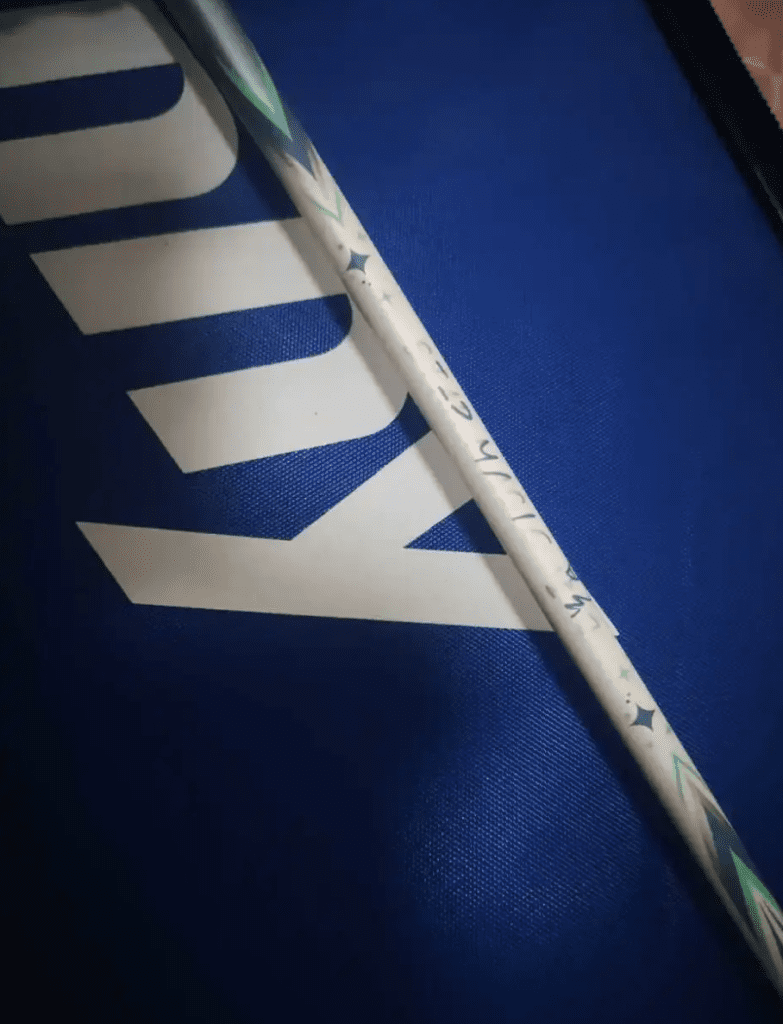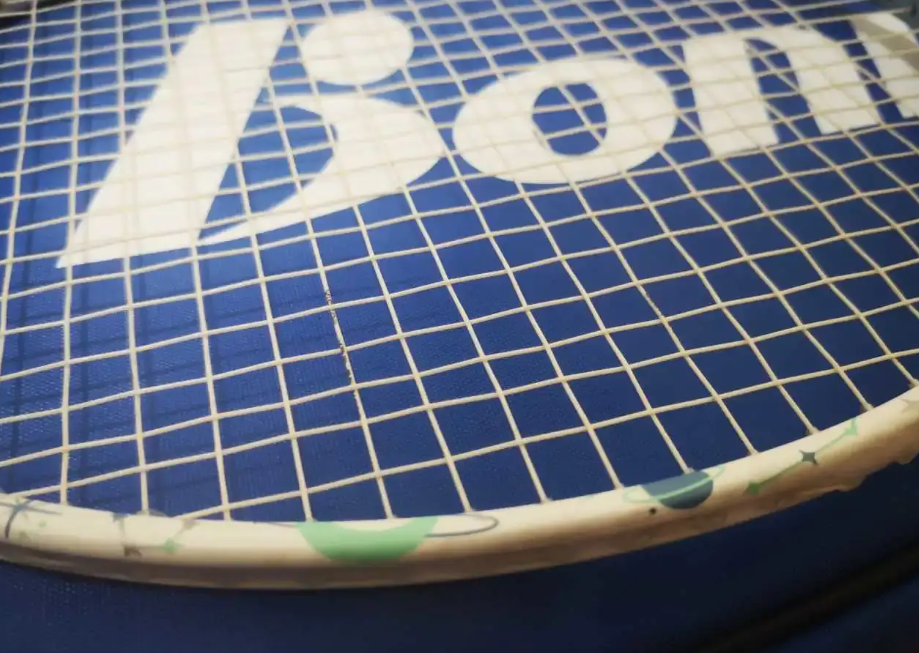A friend said this is the most beautiful “Sky Realm” racket.
If we’re simply talking about aesthetics, it’s certainly reasonable to buy an attractive racket in the 200 range. However, since we’re at Zhongyu, it’s clear that a racket that looks good and performs well is even better, and there are plenty of pretty options in this price range.
In the previous two articles, I’ve already established the differences between the Star Shadow and Star Cloud. For the final model, Star Fantasy, I’m fortunate to be able to test it out during a phase of warming-up feel. This is the conclusion of the parallel testing series; thank you all for your support.

Specs: 4UG5, pre-strung with a total weight of 93.1g, balance point of 285mm, shaft length of 220mm, soft tuning, fluid box frame, 76-hole string bed, 9-3 o’clock string grooves, fluid box frame, a tension guarantee of 26lbs, strung at 24-26lbs with VBS66N strings. From the flower pattern to gray-purple, and now to the bright blue, Bo Li finally knows how to create a paint job that captures trendy aesthetics. The bright blue of Star Fantasy easily reminds me of the Rapid 90F, but some friends have previously mentioned that the matte finish results in a less upscale appearance, which is a minor regret. The patterns on both sides of the frame have also changed to stars and planets, maintaining a fresh look that even has a slightly childish vibe—this is not a criticism; it’s just that for students, it might feel a bit juvenile, while for working professionals, it’s just right. I’ve gotten older, so it’s time for my gear to have a more mature look, and Star Fantasy fits the bill nicely.
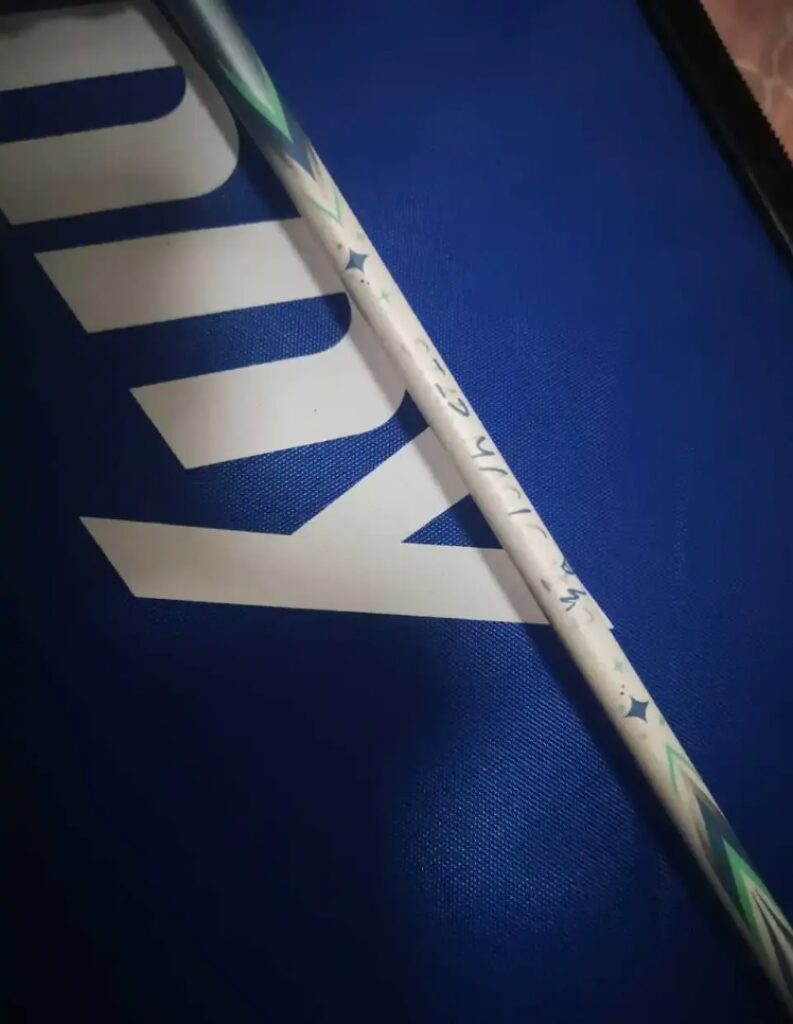
Although the weights and balance points of the three rackets differ, if you don’t analyze them closely, they feel quite similar in terms of heft; they all lean toward balanced but aren’t overly light. The sensation of using leverage during various types of strikes is more pronounced and resembles that of the Star Shadow. Other than that, the swing weight and speed are quite similar, and when trying to discern the subtle differences among the three, I ultimately gave up. Since it’s hard to distinguish them deliberately, their differences in regular use probably won’t impact the ease of handling significantly, making the distinction somewhat limited.
In this context, it’s better to discuss the differences in racket tuning in a competitive setting. Regarding the feedback received from hitting, the pleasure I get from the Star Fantasy surpasses that of the Star Shadow. Although all three rackets use basic materials, the tactile experience differs significantly; the Star Shadow feels the most muted, while Star Fantasy is in the middle. From what I understand, the Star Shadow is priced slightly lower, and I can see the precision behind NVIDIA’s founder’s decisions.
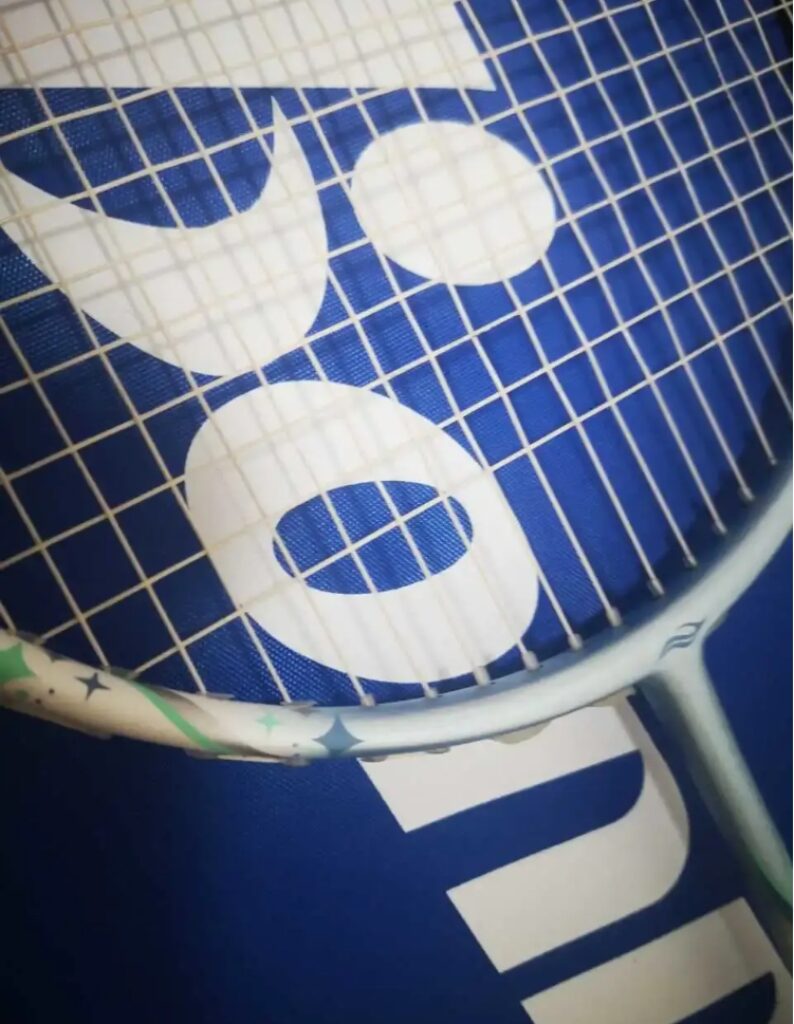
When switching from Star Cloud to Star Fantasy, I noticed that the latter’s attacks aren’t as solid as the former’s. This is reflected in a slightly greater angle deviation in shots and lower output at the moment of contact. One could say that while using the Star Fantasy in multiple matches, it feels more unpredictable. In the same active downstroke situations, the Star Fantasy feels softer and lacks a bit of concentrated explosive power. This means that each downstroke with the Star Fantasy is easier for opponents to defend against, necessitating more shot continuity to score, even when you have the upper hand.
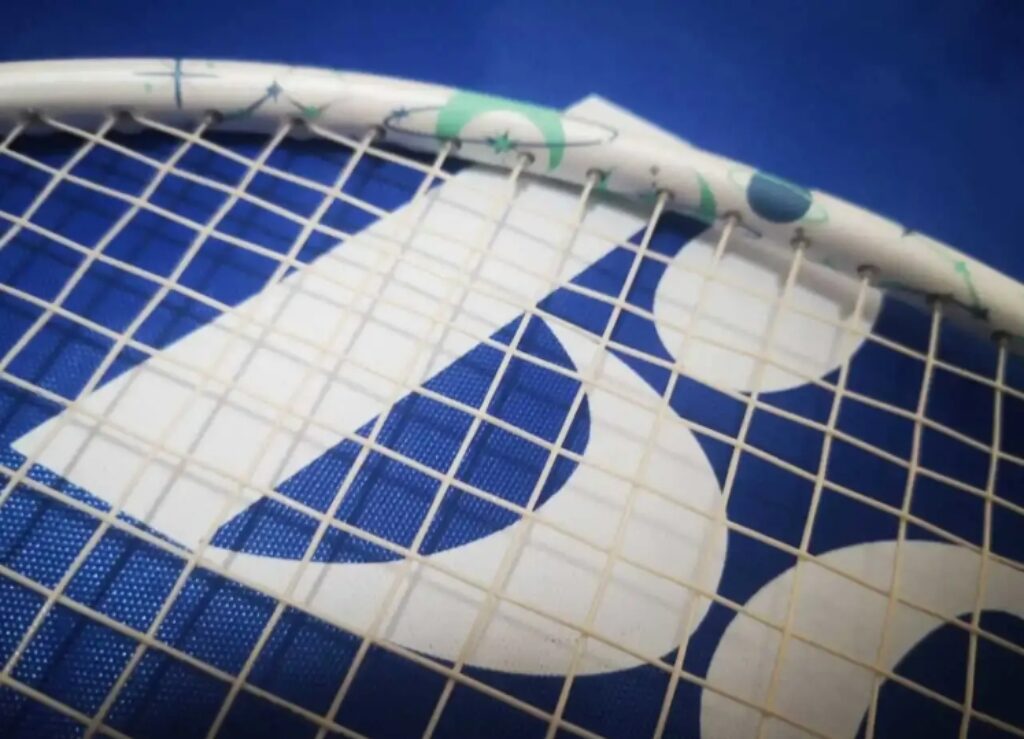
However, the Star Fantasy seems to endure more. Even when playing rigorously for three or four games, using the “syrupy” Star Cloud would leave me physically drained, while switching to the slightly softer Star Fantasy allows me to keep going for three more games. If the Star Cloud has a killer move, the Star Fantasy has its own elusive step, making it better for drop shots. Other than that, there aren’t significant differences in controlling small balls or flat shots among the three rackets.
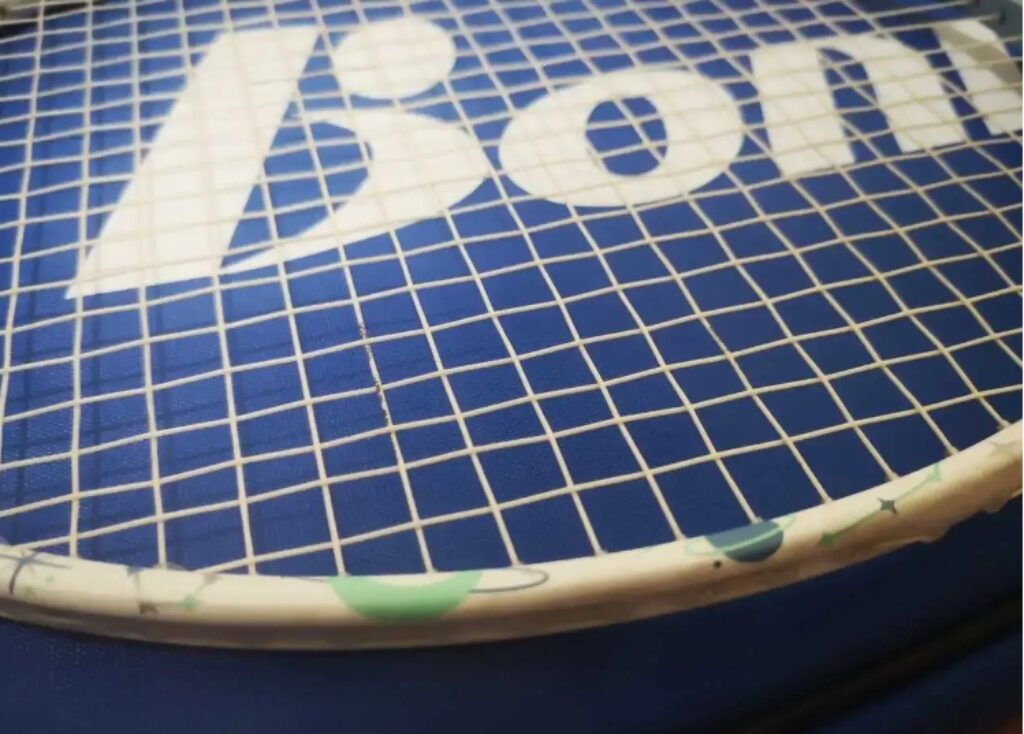
After trying all three, I do have my preferences based on their different performance characteristics. However, I believe these differences aren’t that important for beginners; it’s better for them to choose based on aesthetic appeal. For intermediate players, these rackets also make great recommendations for new players or as gifts; I’m sure they’ll be favored by female players.



